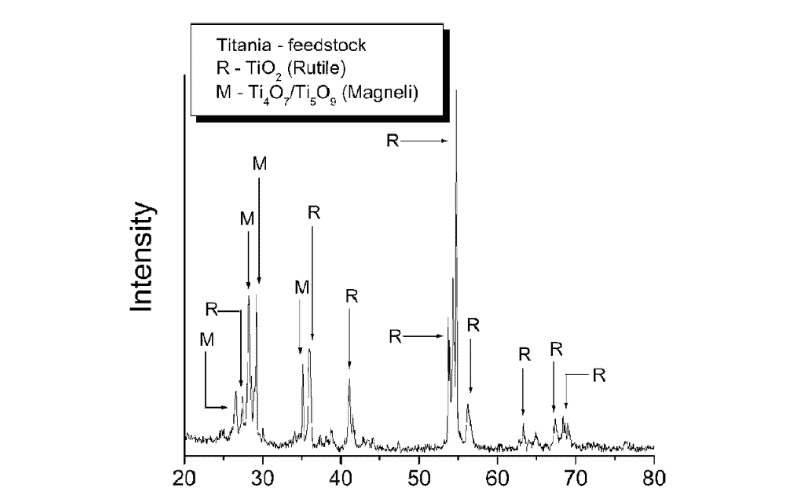August 31, 2002
Optimized HVOF Titania Coatings
A series of spray parameters was tested for a titania (TiO2) feedstock, and the in-flight particle temperature was measured for each setting combination. The parameter set that resulted in the highest particle temperature was selected for producing coatings for further study and analysis. With this parameter set, the majority of the sprayed particles had temperatures (at least superficially) above that of the melting point of titania. The hardness (H), elastic modulus (E), and elasticity index (H/E ratio) on the cross section and top surface of these HVOF-sprayed titania coatings were evaluated using the Knoop technique and Vickers hardness measurements. The distribution of elastic modulus and hardness values was analyzed via Weibull statistics. The coating microstructure and phase composition were evaluated using scanning electron microscopy (SEM) and x-ray diffraction (XRD) analysis, respectively. The porosity level was determined via image analysis. It was observed that the coatings were uniform and very dense, consisting of rutile as the major phase. The optimized spray conditions allowed the production of thick coatings (∼740 µm), which were shown to be in a state of residual compressive stress using Almen strip measurements.
Key words: HVOF, indentation, tailoring of microstructures, titania, Weibull modulus
Originally published at Journal of Thermal Spray Technology (Volume 12, pages 360–369, 2003)
By R. S. Lima, B. R. Marple
